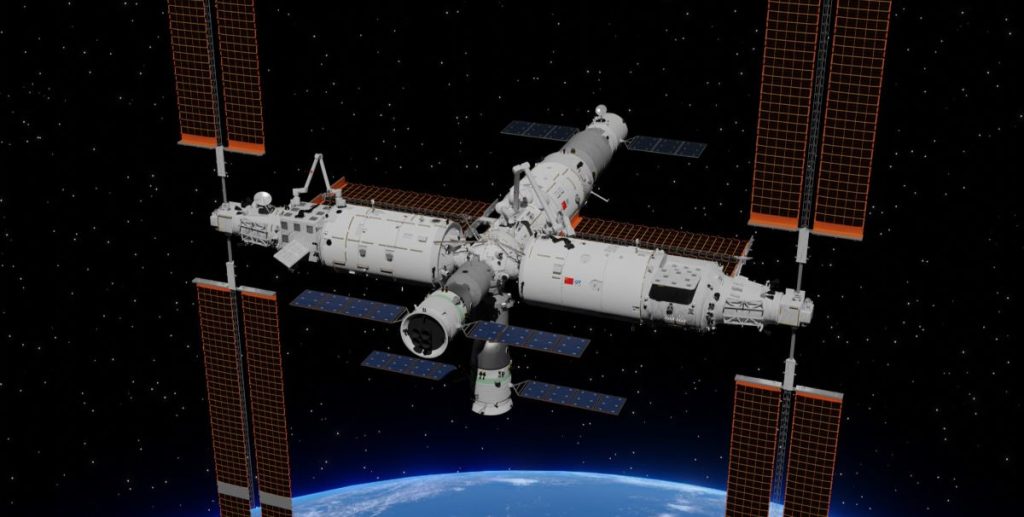The incident comes at a time when the near-Earth environment is unusually active, marked by the arrival of the interstellar visitor 3I/ATLAS.
Others are reading now
Space travel has always carried an element of uncertainty, but the past year has exposed just how quickly a routine mission can turn into a rescue scenario.
Only months ago, the United States faced a similar crisis on the International Space Station when a coolant leak left astronauts without a safe return vehicle.
SpaceX eventually carried out the emergency retrieval.
Now, China is navigating its own version of the same problem following unexpected damage to the Shenzhou 20 return craft.
A damaged craft and little information
China currently has six astronauts aboard the Tiangong station after the Shenzhou 20 crew took shelter there last week.
Also read
Officials say the astronauts remain safe, yet have not disclosed key facts about the impact that damaged their spacecraft.
No photographs, pressure data or debris identification have been shared.
Observers note that the lack of transparency contrasts sharply with how the United States handled its own incident earlier this year, when NASA and partner agencies openly modelled the ISS leak in real time.
The silence from Beijing has fuelled speculation about what struck the Shenzhou capsule.
Scientists have pointed out that 3I/ATLAS has been shedding material and producing unusual jet activity, while intense solar flares have disturbed the region around Earth.
Also read
Analysts say it is unclear whether the impact came from typical orbital debris, fragments from the comet, or flare-energised particles.
Rescue planning under pressure
Beijing intends to use a backup capsule, Shenzhou 21, to bring home the stranded crew.
That would leave the Shenzhou 21 astronauts without a return vehicle until a replacement can be launched.
A rapid turnaround is considered possible but challenging, given narrow orbital opportunities and the political stakes involved.
Chinese officials have offered no indication of whether they might request outside assistance. Spaceflight specialists point out that the only proven rapid-response capability in recent years has come from SpaceX.
Also read
NASA relied on the Dragon spacecraft in its own emergency, and its ability to operate during radiation and debris disturbances is noted as a key advantage.
If Shenzhou 20 has more extensive damage than China is acknowledging publicly, analysts expect international pressure to grow for Beijing to consider external support.
Strains behind official reassurances
China maintains that all work on the station is proceeding normally. However, Tiangong was not designed to host six astronauts for extended periods without a dependable return system.
The spaceflight community is uneasy about the lack of data on the strike, especially as long as the object that caused it remains unidentified.
Scientists around the world are also tracking 3I/ATLAS as it approaches its December 19 test window near Earth, a moment expected to clarify the nature of its activity.
Also read
The timing of the Shenzhou incident has added urgency to calls for more open reporting about potential hazards in orbit.
Awaiting Beijing’s decision
China is expected to confirm its plan for the return operation in the coming days.
Engineers are currently evaluating the backup spacecraft to determine whether it can safely carry out the mission or whether an additional launch will be required.
Until those details are released, agencies and research institutions continue to monitor for further anomalies as 3I/ATLAS moves closer.
Sources: CMSE statements; orbital tracking logs; commentary from the Center for Astrophysics at Harvard and Smithsonian; USA Herald
Also read
This article is made and published by Kathrine Frich, who may have used AI in the preparation


